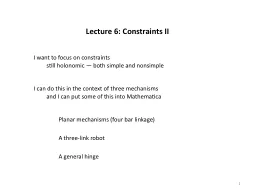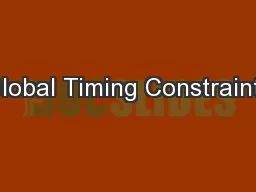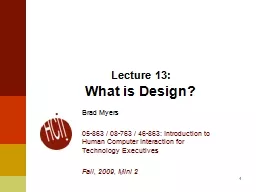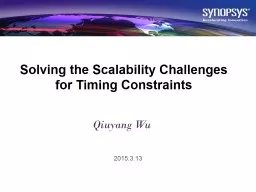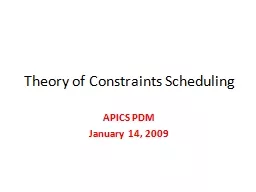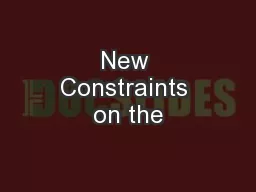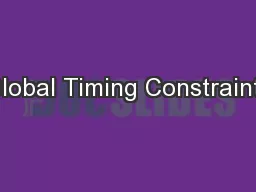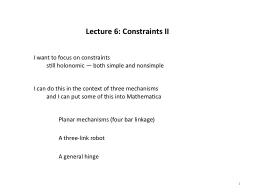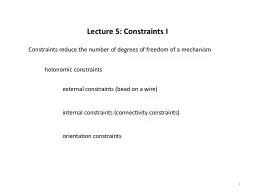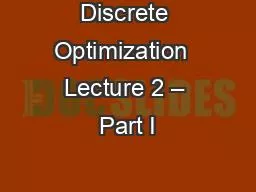PPT-Lecture 6: Constraints II
Author : conchita-marotz | Published Date : 2015-11-16
Planar mechanisms four bar linkage A threelink robot A general hinge 1 I want to focus on constraints still holonomic both simple and nonsimple I can do this in
Presentation Embed Code
Download Presentation
Download Presentation The PPT/PDF document "Lecture 6: Constraints II" is the property of its rightful owner. Permission is granted to download and print the materials on this website for personal, non-commercial use only, and to display it on your personal computer provided you do not modify the materials and that you retain all copyright notices contained in the materials. By downloading content from our website, you accept the terms of this agreement.
Lecture 6: Constraints II: Transcript
Download Rules Of Document
"Lecture 6: Constraints II"The content belongs to its owner. You may download and print it for personal use, without modification, and keep all copyright notices. By downloading, you agree to these terms.
Related Documents

